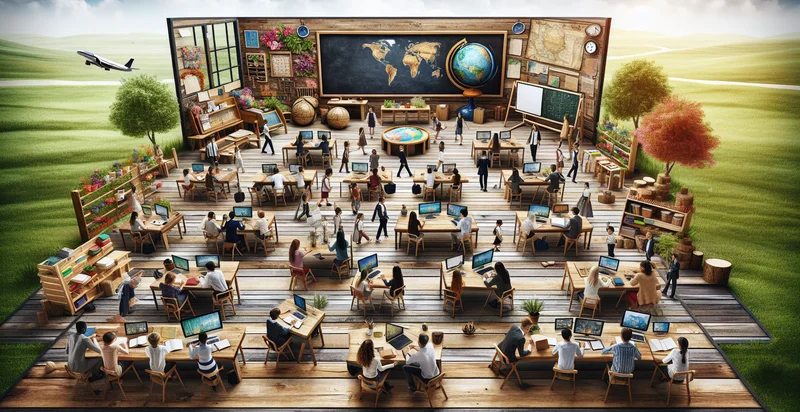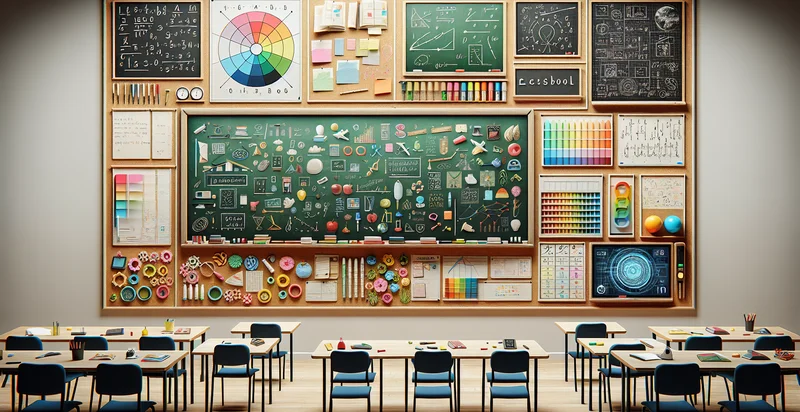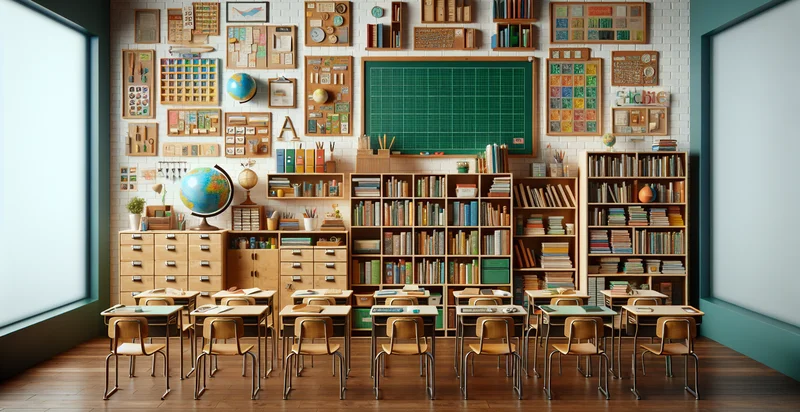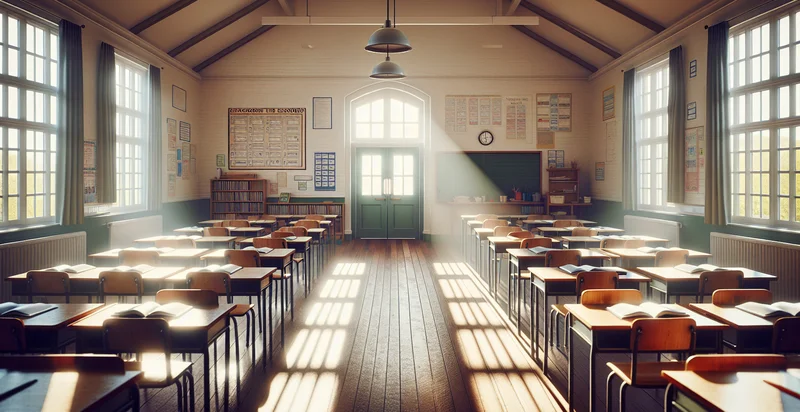Identify classroom types
using AI
Below is a free classifier to identify classroom types. Just upload your image, and our AI will predict what type of classroom it is - in just seconds.

Contact us for API access
Or, use Nyckel to build highly-accurate custom classifiers in just minutes. No PhD required.
Get started
import nyckel
credentials = nyckel.Credentials("YOUR_CLIENT_ID", "YOUR_CLIENT_SECRET")
nyckel.invoke("classroom-types-identifier", "your_image_url", credentials)
fetch('https://www.nyckel.com/v1/functions/classroom-types-identifier/invoke', {
method: 'POST',
headers: {
'Authorization': 'Bearer ' + 'YOUR_BEARER_TOKEN',
'Content-Type': 'application/json',
},
body: JSON.stringify(
{"data": "your_image_url"}
)
})
.then(response => response.json())
.then(data => console.log(data));
curl -X POST \
-H "Content-Type: application/json" \
-H "Authorization: Bearer YOUR_BEARER_TOKEN" \
-d '{"data": "your_image_url"}' \
https://www.nyckel.com/v1/functions/classroom-types-identifier/invoke
How this classifier works
To start, upload your image. Our AI tool will then predict what type of classroom it is.
This pretrained image model uses a Nyckel-created dataset and has 20 labels, including Traditional Classroom and Lecture Hall.
We'll also show a confidence score (the higher the number, the more confident the AI model is around what type of classroom it is).
Whether you're just curious or building classroom types detection into your application, we hope our classifier proves helpful.
Related Classifiers
Need to identify classroom types at scale?
Get API or Zapier access to this classifier for free. It's perfect for:
- Classroom Design Evaluation: This use case involves analyzing images of classroom settings to identify the type and arrangement of furniture present. Educational institutions can leverage this data to assess whether their spaces align with modern pedagogical strategies, such as collaborative learning or individual study zones.
- Understanding Classroom Engagement: By classifying different classroom types captured in images, educational researchers can study how various environments influence student engagement. This information can help develop strategies tailored to enhance interaction and participation in specific classroom settings.
- Remote Learning Environment Assessment: In the context of remote learning, images of home learning spaces can be classified to identify suitable setups for students. This can aid educators in creating resources or guides that recommend optimal learning environments, boosting student performance.
- Facility Management for Schools: School administrators can utilize this classification to monitor and evaluate classroom types across their facilities. Identifying underutilized spaces or classes that may benefit from redesign can facilitate better resource allocation and facilities planning.
- Market Research for Educational Products: Companies that design educational tools and materials can use classified classroom images to understand the diverse environments their products will be used in. This helps tailor marketing strategies and product development to specific classroom types, ensuring relevance and effectiveness.
- Enhancing Professional Development Programs: Teacher training programs can leverage image classification to identify various classroom types as case studies. By reviewing different classroom environments, educators can learn best practices and methods that are effective in specific setups, improving teaching strategies.
- Curriculum Development Aligned with Classroom Types: Curriculum developers can analyze classified classroom images to design content that fits specific environments, such as STEM labs or traditional lecture settings. This ensures that instructional materials are relevant to the resources and setups that educators have available, creating a more integrated learning experience.


